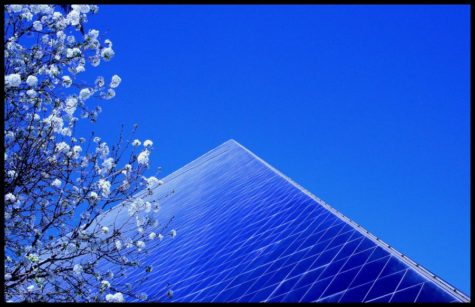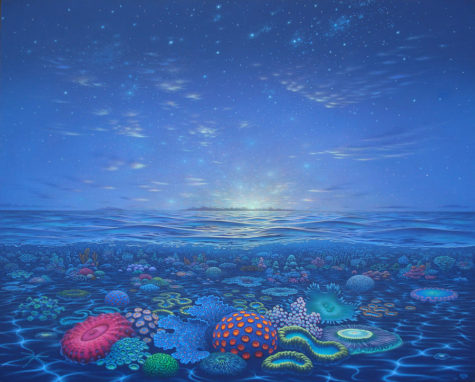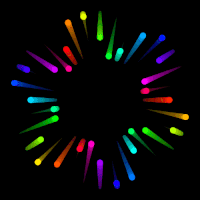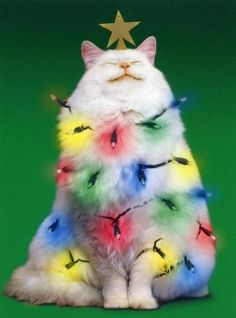Blue – In Depth
In Egypt, blue was associated with the sky and with divinity. The Egyptian god Amun could make his skin blue so that he could fly, invisible, across the sky.
Blue could also protect against evil; many people around the Mediterranean still wear a blue amulet, representing the eye of God, to protect them from misfortune. In Islam,blue (including turquoise) is the color both of religion and community and is often used for decorating mosques.
In Greek and Roman days, blue symbolism was associated with the sky gods Jupiter, Juno and Mercury. In Judaism, blue symbolism is connected to God the Father. In the Catholic Church, blue symbolism is most closely related to the Virgin Mary, the Queen of Heaven.
Blue symbolism associates blue with freedom, strength and new beginnings. Blue skies are emblematic of optimism and better opportunities. Blue is the color of loyalty and faith. Blue is power. Blue is also the color of protection. Blue symbolism is nearly universal in meaning. As a result, blue is used in national flags and symbols around the world, including the flag of the United Nations.
Blue represents water, the source of life. Agricultural people have traditionally worshiped water in the form of rivers, clouds, mist and rain. Many favorite garden flowers are also blue, including delphinium, larkspur, pansies, irises, anemone, bluebells, hyacinth, lobelia, veronica, and ageratum.
Although blue is even more popular in the western world than is other areas of the world, blue skies and blue water are full of positive meaning in every culture. We are, after all, living on the “blue planet.”
Etymology:
The English language commonly uses “blue” to refer to any color from navy blue to cyan. The word itself is derived from the Old French word bleu.
The modern English word blue comes from Middle English bleu or blewe, from the Old French bleu, a word of Germanic origin, related to the Old High German word blao. In Russian and some other languages, there is no single word for blue, but rather different words for light blue (голубой, goluboy) and dark blue (синий, siniy).
The root of these variations was the Proto-Germanic blaewaz, which was also the root of the Old Norse word bla and the modern Icelandic blar, and the Scandinavian word bla, but it can refer to other colors.
A Scots and Scottish English word for “blue-grey” is blae, from the Middle English bla (“dark blue,” from the Old English blood). Ancient Greek lacked a word for color blue and Homer called the color of the sea “wine dark”, except that the word kyanos (cyan) was used for dark blue enamel.
Several languages, including Japanese, Thai, Korean, and Lakota Sioux, use the same word to describe blue and green. For example, in Vietnamese the color of both tree leaves and the sky is xanh. In Japanese, the word for blue (青 ao) is often used for colors that English speakers would refer to as green, such as the color of a traffic signal meaning “go”.
 Spectral coordinates:
Spectral coordinates:
- Wavelength: 450-495 nm
- Frequency: 670-610 THz
Color coordinates:
- Hex triplet: 0000FF
- sRGBB: (0, 0, 255)
- HSV: (240°, 100%, 100%)
Note: This post was compiled by Shirley Twofeathers for Color Therapy, you may repost and share without karmic repercussions, but only if you give me credit and a link back to this website. Blessed be.




Leave a Reply